Top Ten Medicinal Materials in Northeast China (Summary)
China's land, vast territory, outstanding people, rich in products, rich in all kinds of Tianling Dibao, rich in these ten Chinese herbal medicines in the black land of the northeast of the motherland, today I would like to introduce to you, what are these Chinese herbal medicines?
Top Ten Chinese Herbal Medicine in Northeast China
1. The king of grass-ginseng
The northeast dialect of Panax ginseng is also called gavel, angiosperm, dicotyledons, Umbellifera, Araliaceae, mainly located in the Changbai Mountains of Jilin Province, Liaoning and Heilongjiang in the northeast. Ginseng is also one of the three treasures in the northeast. Ginseng has the effect of strengthening the body and prolonging life in health. In medicine, ginseng also has ginsenosides, which can effectively regulate people's central nervous system. Cardiotonic, anti-fatigue, invigorate the energy, at the same time, it has a high therapeutic effect on a variety of diseases in the spiritual system, cardiovascular, endocrine and reproductive system, and has a wonderful effect in anti-tumor.
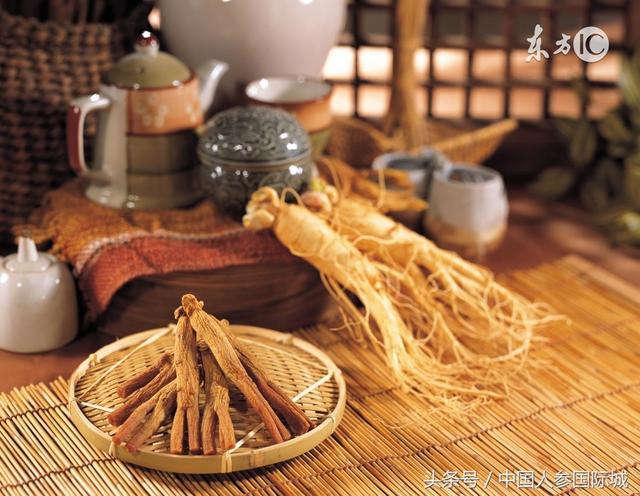
2. Pilose antler
Mainly collected in sika deer, also known as deer, when the antlers of the male deer are in the growing period, and there is no hard bone in the tender antlers, the collection is called velvet antler with antler and blood. Is the second of the three treasures in Northeast China, pilose antler is a valuable traditional Chinese medicine, it has many efficacy and many disease treatment efficacy, pilose antler contains a lot of amino acids, lecithin and vitamins, and so on, and is relatively mild, for men, it has the effect of strengthening yang, tonifying qi and blood, strengthening muscles and bones, and has a very good effect on female uterus deficiency and cold, except for vertigo, deafness, waist and knee soreness, weakness and deficiency.
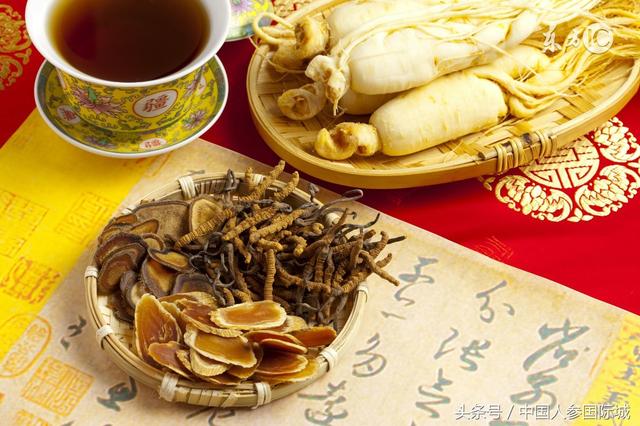
3. Deer whip
The so-called deer body is covered with treasures, and the deer whip may be more familiar to most middle-aged male friends. The deer whip is famous for deer Chong, mainly the external genitals of sika deer and red deer males, sexual temperature, main liver, kidney and bladder, used for strengthening yang and tonifying kidney, nourishing male function, and often used for soaking wine.
4. Cordyceps militaris
This may not be well understood, Cordyceps militaris is a kind of cystic bacteria, single or several long from the head or nodes of the parasitic pupa, the length is about 3-7 cm, orange or orange, and the pupa is mostly purple. This herb was discovered in Jilin Province in 1958. It was identified by authoritative experts that Cordyceps militaris and Cordyceps sinensis belong to the same genus, and the main producing areas are Jilin, Liaoning, Inner Mongolia and Yunnan, so it is known as Cordyceps militaris. Cordyceps militaris has the ingredients of cordycepin, cordycepin and cordyceps polysaccharides, so it has antibacterial and antiviral effects, prevention and treatment of cerebral thrombosis, cerebral hemorrhage and renal failure, and has many effects in cosmetology and health preservation, such as anti-aging and anti-wrinkle, improving body immunity, delaying aging, nourishing and strengthening the foundation, moisturizing the heart muscle and protecting the liver.
5. Liao Asarum
Liao Asarum, is a fern phylum, Pteridophyta, Pteridaceae, Aristolochia, Asarum, this herbal Xin, relatively warm, the main lung and kidney, mainly used to dispel wind and cold, Kaiqiao, Qi deficiency, blood deficiency, Yin deficiency should be avoided.

6. Hai Jinsha
Haijinsha is a perennial climbing herb, northeast also known as clematis, ferns, ferns, Pteridaceae, thin and creeping rhizome, with many fine hairs, leaves are 1-2 pinnately compound leaves, sporangia are mostly produced in summer and autumn. Haijinsha has the effect of clearing damp-heat, relieving diarrhea and relieving pain. it is mainly used in the treatment of urinary tract infection, urinary calculi, gynecological diseases, skin eczema, nephritis edema, dysentery and so on.
7. Gentiana chinensis
North gentian, scientific name striped leaf gentian, angiosperm phylum, dicotyledonous class, transition flower order, gentianaceae, northeast Dongdan is perennial herbs, usually dark green with a little purple, about 32-58 cm high, northeast gentian mostly blossoms in autumn, the color is blue, most of them are clustered close to the ground, because the flowering season is different from other, so the autumn wind is rustling. The gentian flowers in clusters of withered grass in the mountains are particularly noble and elegant, so the northeast gentian flower is also a famous flower. Northeast gentian mainly acts on the digestive system, liver protection, diuresis, antibacterial effect, in addition to the excitatory effect on the central nervous system, when the dose reaches a certain amount, it has anesthetic effect.
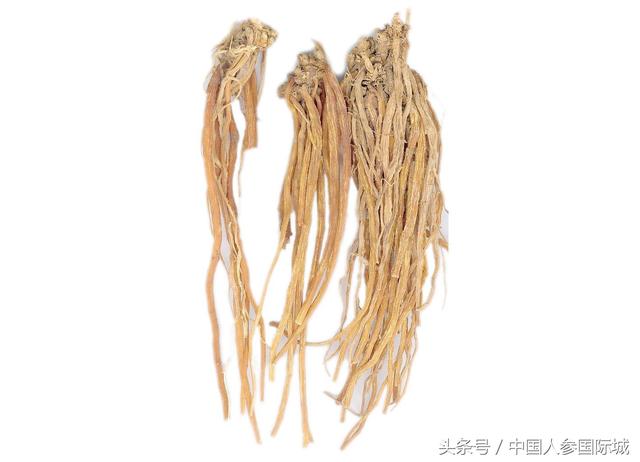
8. Guan Huangbai
Phellodendron Phellodendri, also known as Phellodendron Phellodendri, Arbor, angiosperm phylum, Gemini, Rutaceae, grows in the depths of mountains and riversides, and its medicinal properties are cold and bitter. Its main effects are clearing heat and dryness, purging fire and removing steam, detoxification and treating sores, mostly for jaundice, beriberi, night sweats and so on.

9. Fangfeng
Fangfeng is mainly produced in Heilongjiang, Inner Mongolia and Sichuan, mostly for raw use. Mountain celery in Northeast China is a perennial herb with mild medicinal properties, pungent and sweet taste, main bladder, liver and spleen, which mainly has the effect of dispelling wind and relieving surface, winning dampness and relieving pain. it is mainly used for rubella itching, rheumatism arthralgia, tetanus and other diseases. In ancient times, traditional Chinese medicine said, "if someone has the poison of arsenic, you can use Fangfeng or two, grind it into pieces and take it with water." this shows the magical effect of traditional Chinese medicine.
10. Schisandra chinensis
Schisandra chinensis is a medicinal material that we may be familiar with. Schisandra chinensis is divided into Schisandra chinensis and Schisandra chinensis. Schisandra chinensis is a traditional Schisandra chinensis with good quality. Schisandra chinensis is a perennial deciduous vine with mild medicinal properties, sour and sweet taste, main lungs, heart and kidney. it not only has medicinal uses, but also has ornamental value. Schisandra chinensis is also unique in many traditional Chinese medicine materials. Schisandra chinensis is red in the south and black in the north, and it is known as the "Prince of the East" in the western market. Schisandra chinensis has the effect of nourishing kidney and lung, invigorating fluid and collecting perspiration. it is mainly used for weak and sweating, palpitation and shortness of breath, wheezing cough caused by deficiency of lung and kidney, insomnia and amnesia, deficiency of spleen and kidney, etc., in addition to this modern treatment of jaundice and prolonged chronic hepatitis, we can see the multiple effects of Schisandra chinensis.

The top ten medicinal herbs in Northeast China are here to share with you. As people from Northeast China, we should understand every plant and tree in Northeast China. At the same time, we should also enable friends from all over the country and even other countries to better understand the culture of Northeast China and those talented treasures. The follow-up editor will continue to launch related articles, I hope you can reprint more, pay more attention! Pay attention to the northeast, pay attention to the northeast ginseng culture!
- Prev
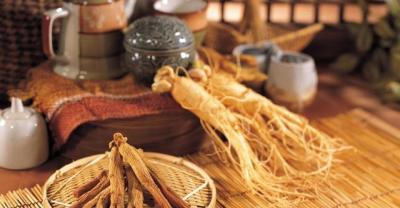
Ore is also a good medicine.
How can stones be used as medicine? "as long as you put the mineral medicine half an hour in advance when frying the medicine." Huang Haichang, a traditional Chinese medicine practitioner of Nanning Yicheng Pharmaceutical Co., Ltd., said.
- Next
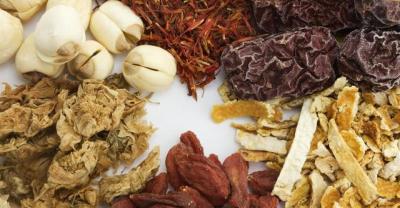
Radix angelicae dahuricae and mulberry leaves
Angelica dahurica is the root of Angelica dahurica. The original medicinal materials are sun-dried and sliced for raw use; Radix angelicae dahuricae is warm and tastes pungent, returning to the lung, stomach and large intestine meridians. Its main functions are:.
Related
- Fuxing push coffee new agricultural production and marketing class: lack of small-scale processing plants
- Jujube rice field leisure farm deep ploughing Yilan for five years to create a space for organic food and play
- Nongyu Farm-A trial of organic papaya for brave women with advanced technology
- Four points for attention in the prevention and control of diseases and insect pests of edible fungi
- How to add nutrient solution to Edible Fungi
- Is there any good way to control edible fungus mites?
- Open Inoculation Technology of Edible Fungi
- Is there any clever way to use fertilizer for edible fungus in winter?
- What agents are used to kill the pathogens of edible fungi in the mushroom shed?
- Rapid drying of Edible Fungi

